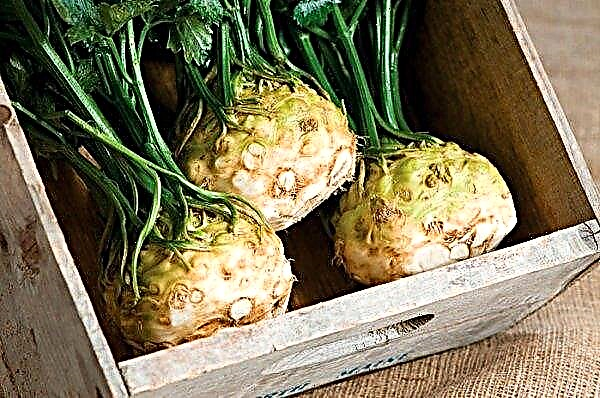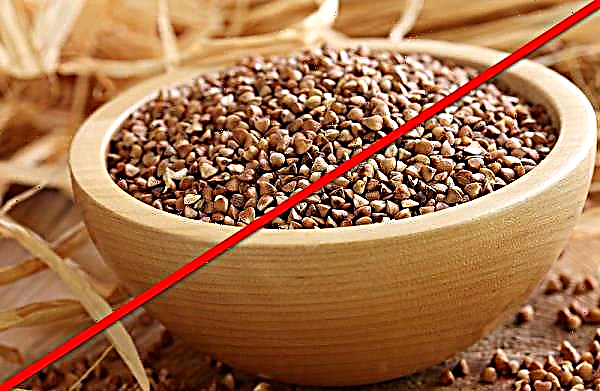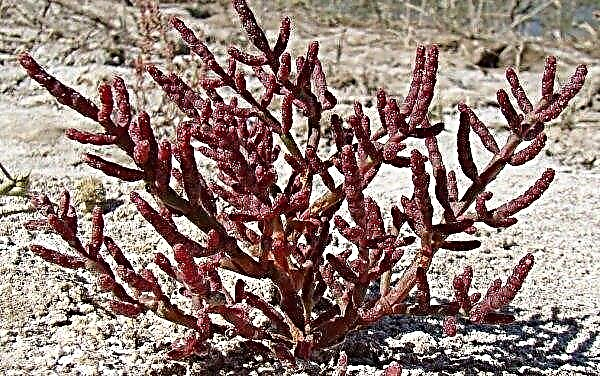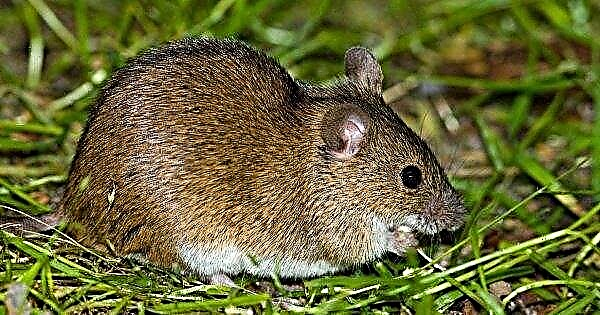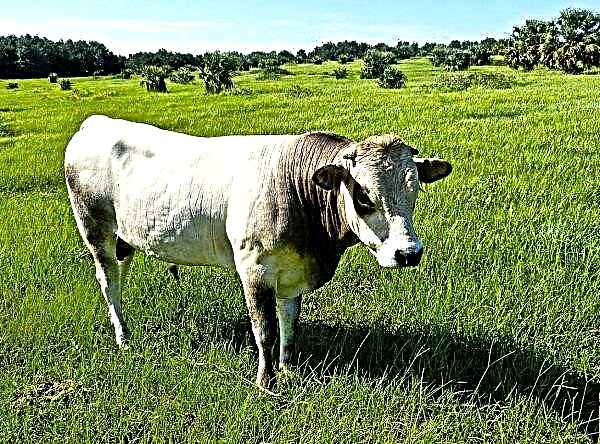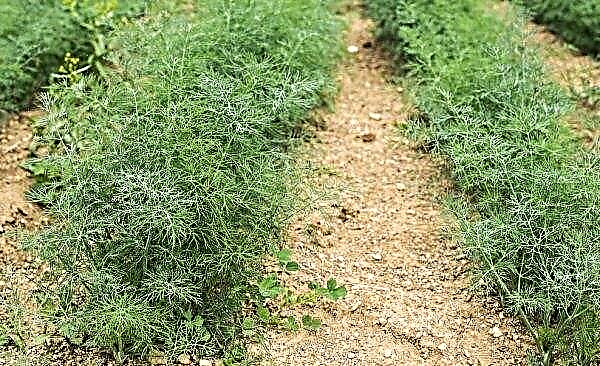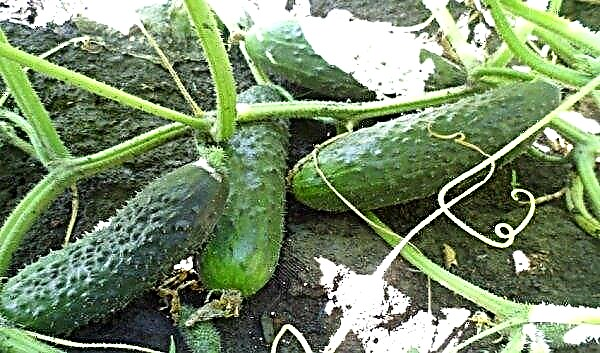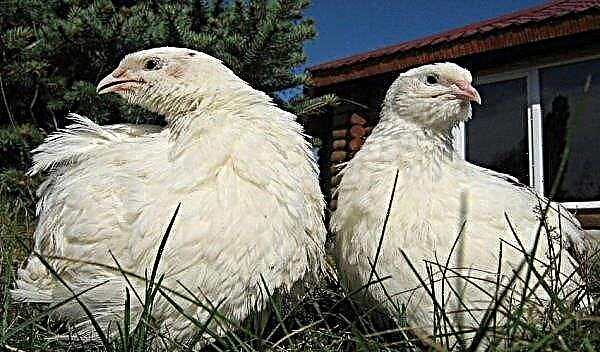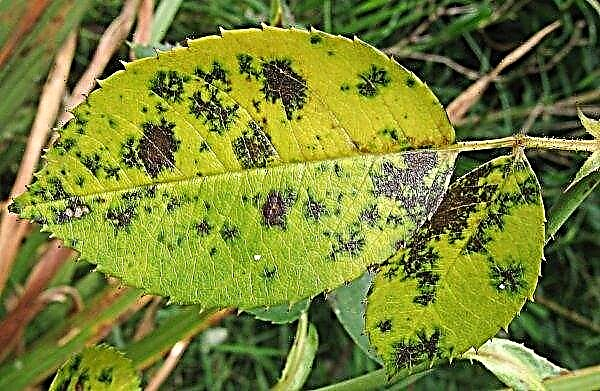The Japanese word "bonsai" is heard by many, while very few people know about nivaki. Meanwhile, both of these words express related concepts that indicate a violent modification of the appearance of a tree, as a result of which it does not look the way nature intended it, but the way a person wants it.
Simply nivaki, unlike bonsai, is used for plants in the open air that adorn gardens, rather than the interiors of dwellings. True, bonsai trees also require a stay in the fresh air, but due to their dwarf size they can not have a noticeable effect on the garden landscape. Read more about the Japanese technique for growing nivaki pines later in the article.
What are nivaki and differences from bonsai
The world famous bonsai technique implies:
- the formation of dwarf tree forms;
- regular and active pruning of their roots;
- very active cutting of the crown;
- growing in containers;
- nutrient restriction;
- regular transplantation.

In addition to cutting and pruning the roots, more moderate, nothing of the kind is observed in the nivaki technique. This name itself comes from the confluence of two Japanese words: "cornfield", meaning garden, and "ki", which translates as a tree. From this it becomes clear that Nivaki technique involves the cultivation of decorative trees using special methods exclusively for gardens.
In fairness, it should be noted that in Europe there is the concept of "garden bonsai", echoing the Japanese nivaki. However, the European style differs sharply from the Japanese one both in terms of performance technique and process philosophy.
Europeans put man at the forefront, giving nature a subordinate value, and in Japan they emphasize harmony. In addition, in the nivaki technique, there are strict restrictions on the number of branches left in each tier, and garden bonsai does not strictly regulate anything, leaving the process at the mercy of the masters' fantasies.
What pine varieties are suitable
Deciduous trees and conifers are suitable for the technique under discussion. At the same time, conifers are used more actively, since they retain a green appearance all year round. Among coniferous crops, preference is most often given to pine, which lends itself well to the formation of the desired species.
- The best species and varieties of pine are best suited for nivaki technique:
- ordinary;
- Balkan;
- black;
- mountainous;
- Crimean
- Virgin
- Siberian cedar.
Did you know? Bonsai-style bonsai trees were invented in 200 BC by the Chinese. But then the Japanese, adopting this art, brought it to perfection and appropriated its authorship. In parallel, they used bonsai elements to develop nivaki techniques.
Nivaki styles
Inside the nivaki technique, there are 8 main styles of shaping the appearance of trees, divided into:
- drooping form (kangai), implying the location of the roots protruding above the ground above the hanging branches;

- winding trunk (moy)forming a stem bend in a single projection;
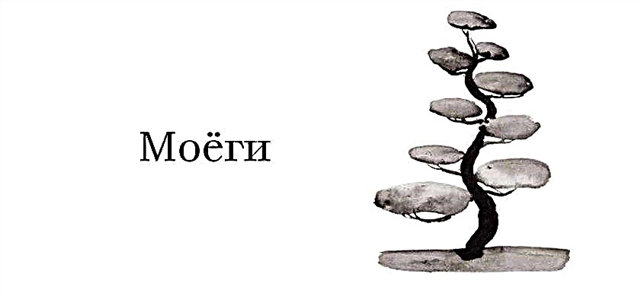
- oblique style (shakan)mating a pine plant with a dominant wind rose, and when planting near a reservoir, requiring declination of branches above a water mirror;

- Kyoto form (Kyoto)creating a tree from sprouts on a stump of a sawn tree or from a plant with a damaged top;

- forked trunk (sokan), implying a split tree trunk from the ground itself;

- classic straight form (chokan)allowing woody plants to grow to large sizes;

- protective form (kotobuki), its outlines similar to the character "happiness";

- charm tree (moncaburi), in which one branch is formed longer than the others, located above the entrance to the house and, as it were, protecting it.

Within the listed styles, there are several more of their varieties, for example:
- multiple barrels, implying the growth of several trunks with similar crowns from a single root;
- eda-sukashiin which the branches are thinning out intensively;
- kobushi, which requires cutting the entire growth of the current season, which allows you to form nodes similar to a human fist at the ends of branches;
- Matsu Zukuri, the most popular crown-forming species that looks like a hill;
- dan zukurihaving branches like flights of stairs;
- kai zukuriforming a crown like a box.

Landing Features
The main condition for growing woody plants using the nivaki method is to maintain harmony in the development of the crown and root system, since this technique involves trimming both branches and roots.
Did you know? Today, there are almost 200 species of pines on the planet. Almost all of them grow in the Northern Hemisphere, and in Russia abounding in forests, for example, pine is the most common tree.
There are 2 main ways of planting annual (most preferred) pine seedlings:
- In the first of them, the seedling is planted in a container, the walls of which limit the growth of the root system. The first year, the pine takes root in a new place, and the next season in the spring, the branches growing inside the tree are removed, and the remaining branches are shortened by a quarter. All needles are made half shorter to stimulate the growth of new shoots.
 The next season, in the spring, the pine is transplanted into a new, more spacious, pot with a simultaneous shortening of the central root by a quarter and pruning of overgrown side roots. The needles are again shortened by half. In the fourth year, a tree is planted under the open sky.
The next season, in the spring, the pine is transplanted into a new, more spacious, pot with a simultaneous shortening of the central root by a quarter and pruning of overgrown side roots. The needles are again shortened by half. In the fourth year, a tree is planted under the open sky. - In the second method, the seedling is immediately planted in the open air. However, in order to limit the growth of the root system, a large stone is laid at the bottom of a deep hole dug for a seedling. A 30-centimeter layer of earth is formed above it, into which a seedling is planted.
 He is left alone for a year to adapt to new conditions. The next season, the growing roots are shortened by a quarter with a shovel. Simultaneously with the crown, the same manipulations are carried out as with a seedling in a pot.
He is left alone for a year to adapt to new conditions. The next season, the growing roots are shortened by a quarter with a shovel. Simultaneously with the crown, the same manipulations are carried out as with a seedling in a pot.
Formation
The basic principle of tree formation in the nivaki technique is the formation of a versatile triangle from a plant. Its branches are located parallel to the surface of the earth or directed in its direction, and all rushing upwards are removed.

During the season, the pine tree experiences 2 phases of enhanced growth. For the first time this happens in late spring, when buds open and candles form, and then intense growth is observed in late August. During this period, the branches lengthen and become thicker. The most favorable period for the main forming crop falls in mid-August.
 Step 1 - removal of thickening shoots for thinning and shaping; Step 2 - pinching a pine candle; Step 3 - stretching and fixing the branches at a given position.
Step 1 - removal of thickening shoots for thinning and shaping; Step 2 - pinching a pine candle; Step 3 - stretching and fixing the branches at a given position.
To give the tree the necessary shape, the trunk top and extra branches are cut from its side. And so that the crown was magnificent, in May, before the candles open, they are usually shortened by a third, but shortening is also allowed by 2/3. The sinuous configuration of the pine according to the desired pattern is created by means of a rigid wire, and rope extensions give the planned development vector to the branches.
Important! As excellent stretch marks for fixing the branches in the required position are women's tights. They combine strength with the ability to not damage branches.
A strictly horizontal direction to the branches is attached to them by straight sticks. The Nivaki technique involves leaving a strictly defined number of branches in each tier formed on a tree. The Japanese insist that this number must be odd: either 3, or 5 branches.
Video: The formation of the skeleton of nivaki from ordinary pine
Best time for a haircut
The time chosen for the topiary events, that is, for cutting the pine tree in order to give it a certain shape, is a fundamental point. Each type of pruning is associated with a certain stage in the development of the plant.
Spring is best suited to give the crown the desired shape and create a compact top.when the movement of juices in the branches is activated. In June, it is convenient to make shorter shoots that adversely affect the configuration of the crown. It is not recommended to delay this procedure until August.
Important! It is necessary to shorten the branches in early autumn, because when the onset of cold weather, the process of regeneration of the cuts sharply slows down due to the inhibition of the allocation of the necessary cambium for the tree.
Starting from the middle of summer, the needles are updated, and if you cut the branches during this period, this can provoke yellowing. Pinch the pine in the first decade of June after the growth of fresh shoots ceases, and in the fall it is preferable to partially prune the old branches on which buds can grow in spring, and new shoots from them.
 Nivaki-style pine before and after shearing.
Nivaki-style pine before and after shearing.
Pruning rules
For competent pine pruning, sharpened garden scissors or pruners are needed. To disinfect cut sites, you will need a garden var, chopped charcoal or pink potassium permanganate solution.
Pruning should not be carried out during rain to prevent infection. After pruning, the tree needs to be abundantly watered for its quickest recovery after suffering stress.
Recommended Reading

During the cropping itself you must:
- try not to damage the sleeping buds, from which new shoots can grow;
- cut off not more than a third of the total mass of branches;
- do not prune too often, otherwise it can weaken the tree;
- monitor the lower branches, by which it is easiest to determine the well-being of the pine;
- not to combine rejuvenating and healing scraps in autumn, as this can radically slow down the growth of needles.
Care Features
In addition to systematic pruning, the pine tree needs subsequent care, allowing the tree to recover as quickly and successfully as possible from this stressful procedure.

To do this:
- Feed the pine with mineral and especially phosphoric fertilizers.
- Carefully carry out balanced watering, avoiding both underfilling and overflow. Usually a couple of irrigation per month is enough for pine culture.
- After pinching, treat the plant with urea in the form of a solution for disinfection and as a top dressing.
- Regularly remove dried needles from pine to improve branch ventilation.
Keeping fit
In all the years of the formation of pine culture in the nivaki style, one should avoid both “cavalry swoops” in the form of a rare but excessive trimming of the pine, which it does not tolerate, and interruption of the phased process of giving the tree its intended form.
These activities should be permanent. For this purpose, in the process of pruning, it is required to isolate and leave on the pine branches well-lit by the sun, fix them in the planned direction, gradually leading the pine to a predetermined final result.

In the gardens, the Japanese nivaki style is rapidly gaining popularity, allowing you to give trees an exotic and even extravagant look, and creating a memorable landscape on the garden plot. To form a crown of a pine in a conceived form and to make it unique, it is necessary to make a lot of effort and spend more than one year. But the game is clearly worth the candle. Including pine in the nivaki style.









 The next season, in the spring, the pine is transplanted into a new, more spacious, pot with a simultaneous shortening of the central root by a quarter and pruning of overgrown side roots. The needles are again shortened by half. In the fourth year, a tree is planted under the open sky.
The next season, in the spring, the pine is transplanted into a new, more spacious, pot with a simultaneous shortening of the central root by a quarter and pruning of overgrown side roots. The needles are again shortened by half. In the fourth year, a tree is planted under the open sky. He is left alone for a year to adapt to new conditions. The next season, the growing roots are shortened by a quarter with a shovel. Simultaneously with the crown, the same manipulations are carried out as with a seedling in a pot.
He is left alone for a year to adapt to new conditions. The next season, the growing roots are shortened by a quarter with a shovel. Simultaneously with the crown, the same manipulations are carried out as with a seedling in a pot.